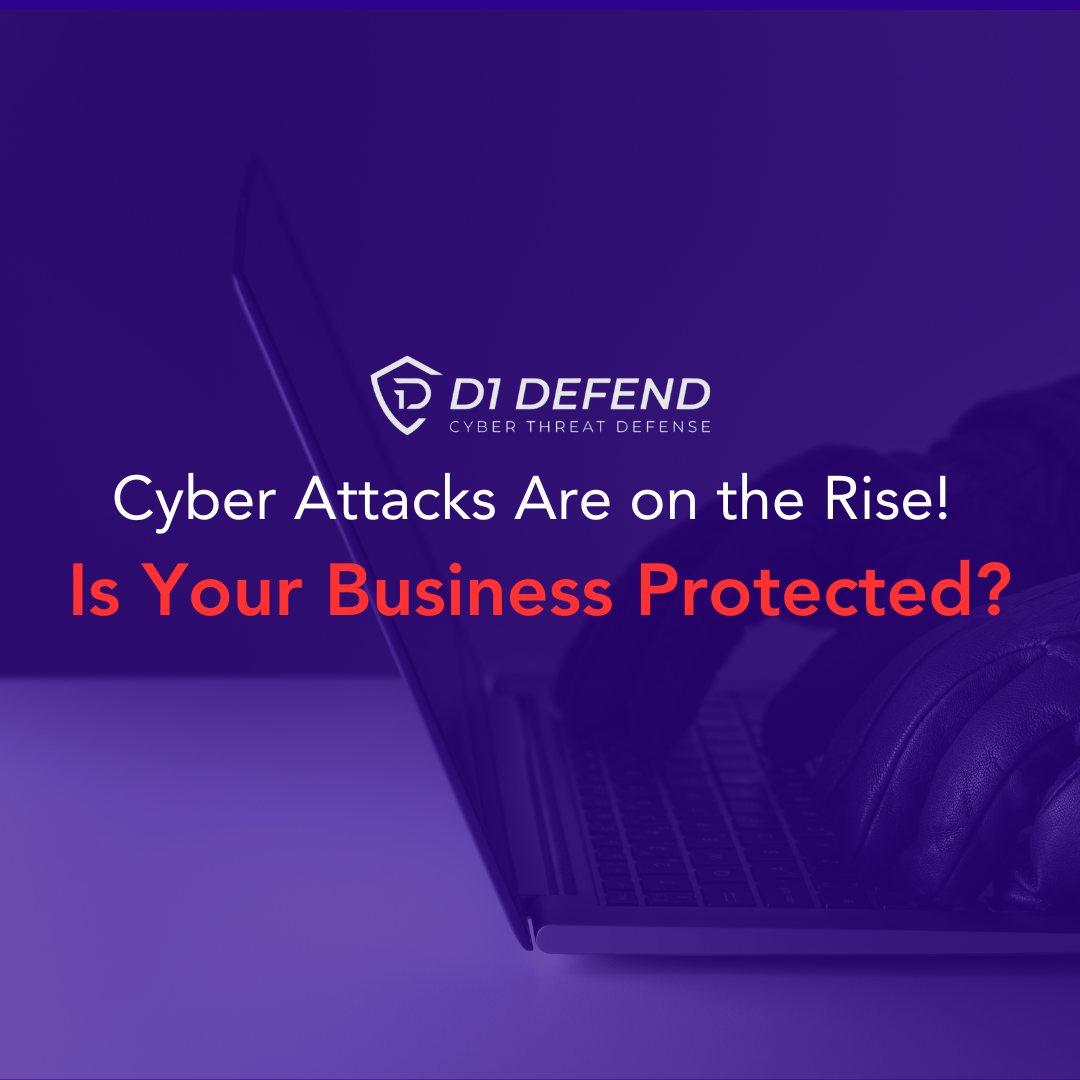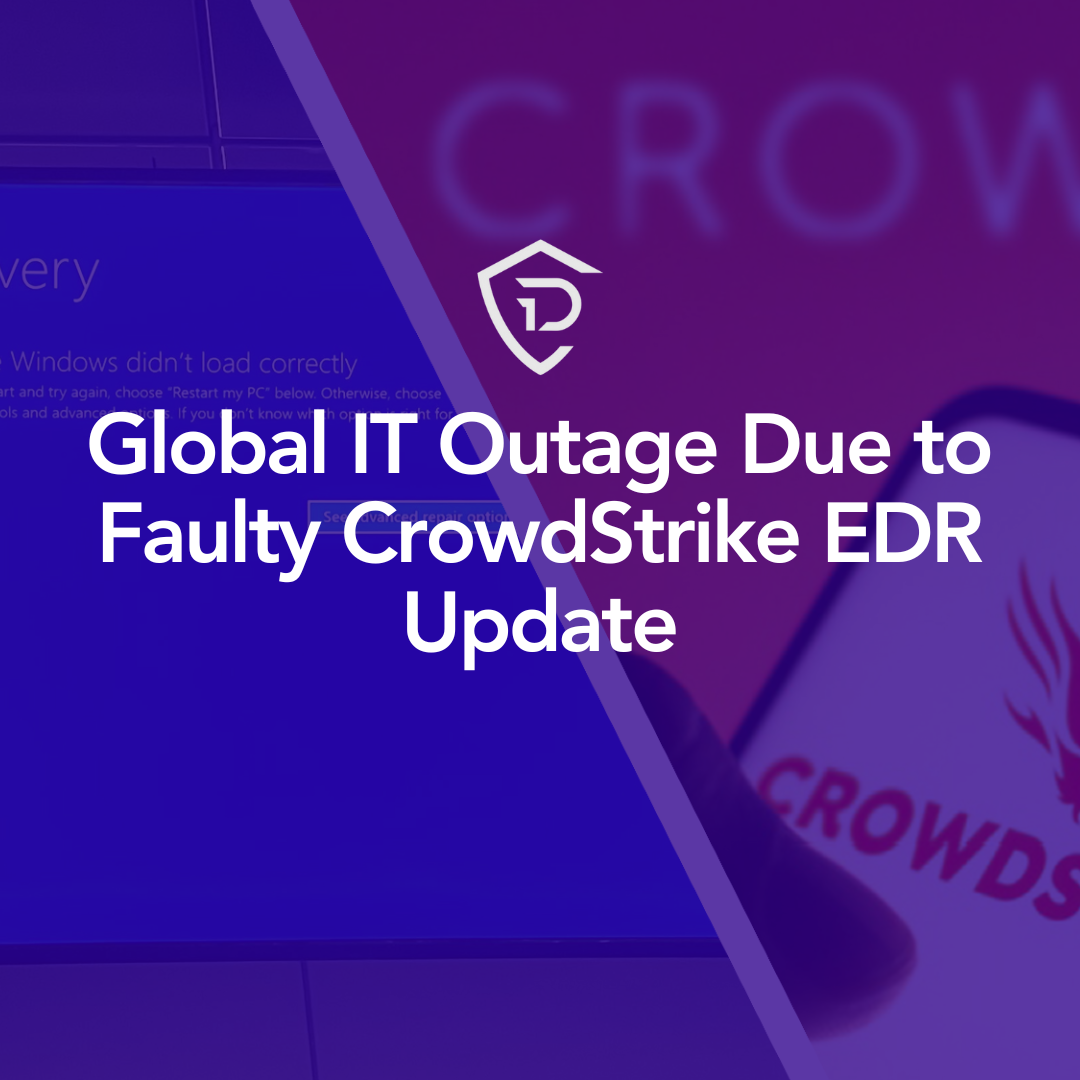July 24, 2024
In today’s digital age, cyber attacks are becoming increasingly sophisticated and frequent. As a business owner, it’s crucial to understand the potential threats and take proactive measures to protect your company. In this blog post, we’ll explore the rising trend of cyber attacks, common vulnerabilities, and essential steps to safeguard your business.
The Rising Threat of Cyber Attacks
Cyber attacks are escalating at an alarming rate. According to recent reports, the number of cyber incidents has increased by over 50% in the past year alone. Hackers are targeting businesses of all sizes, exploiting vulnerabilities to steal sensitive data, disrupt operations, and cause financial losses.
Common Vulnerabilities in Businesses
- Outdated Software: Many businesses rely on legacy systems that are no longer supported by security updates, making them easy targets for hackers.
- Weak Passwords: Using simple or reused passwords across multiple accounts can provide an easy entry point for cybercriminals.
- Lack of Employee Training: Employees who are not trained in cybersecurity best practices can inadvertently open the door to cyber threats.
- Unsecured Networks: Without proper network security measures, businesses are vulnerable to unauthorized access and data breaches.
Essential Steps to Protect Your Business
- Update Software Regularly: Ensure all systems and applications are up-to-date with the latest security patches.
- Implement Strong Password Policies: Enforce the use of complex passwords and enable multi-factor authentication (MFA).
- Conduct Regular Employee Training: Educate employees on identifying phishing attempts, handling sensitive information, and following cybersecurity protocols.
- Secure Your Network: Use firewalls, encryption, and VPNs to protect your network from unauthorized access.
- Backup Data: Regularly back up important data to a secure location to minimize damage in case of a cyber attack.
- Develop an Incident Response Plan: Have a clear plan in place for responding to cyber incidents to mitigate damage and recover quickly.
Cyber attacks are an ever-present threat in today’s digital landscape. By understanding common vulnerabilities and implementing robust cybersecurity measures, you can protect your business from potential harm. Don’t wait until it’s too late – take action now to safeguard your business against cyber threats.





